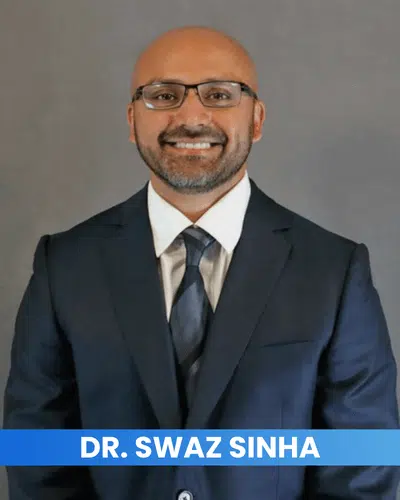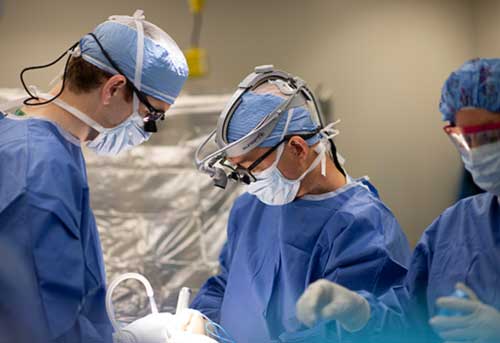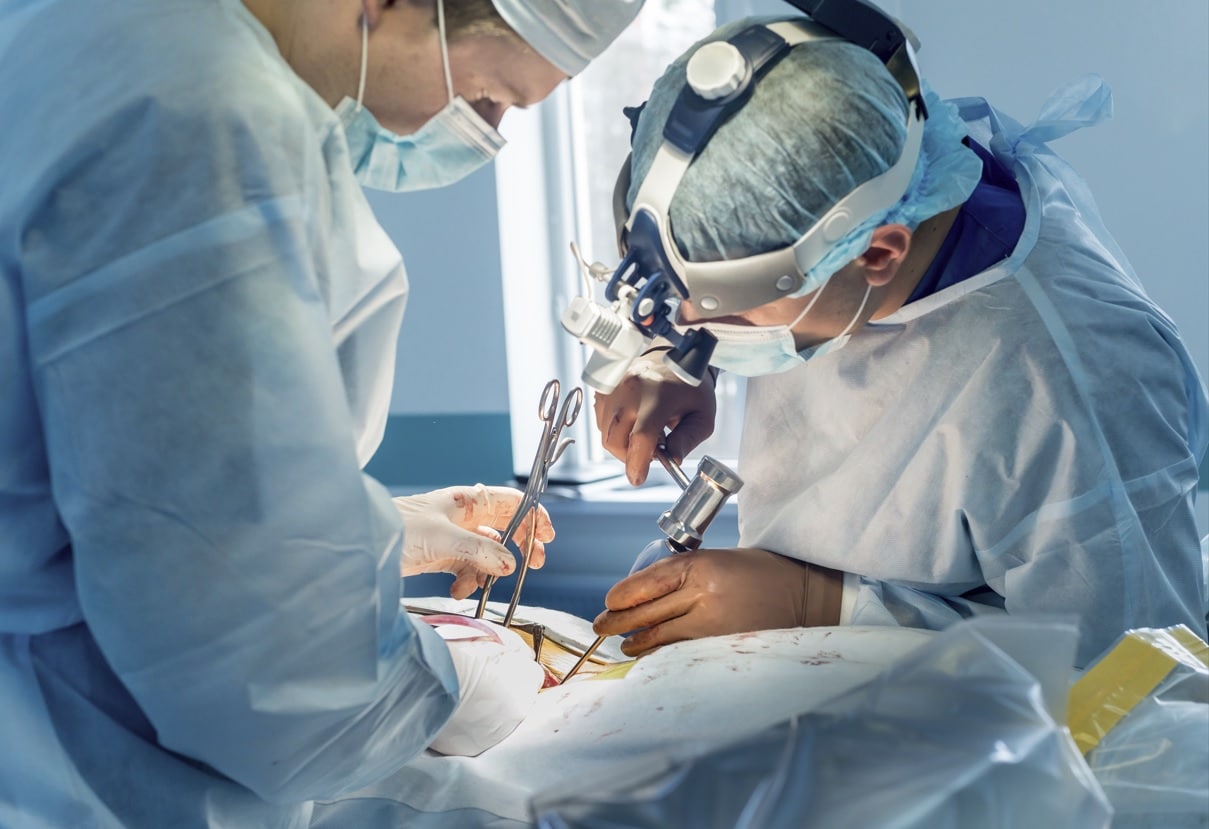What Back Issues Normally Cause Procedure for Alleviation?
Back issues that warrant medical treatment commonly develop when traditional treatment alternatives fail to supply sufficient relief from relentless discomfort and functional impairment. Problems such as herniated discs, spinal stenosis, and degenerative disc illness regularly lead to medical treatments intended at bring back and relieving symptoms flexibility.

Herniated Discs
When conventional treatments fall short,Herniated discs are an usual spinal condition that regularly leads to medical treatment. This condition occurs when the soft internal gel of a spine disc extends through a tear in the tougher outer layer, possibly pressing nearby nerves. Symptoms often include local discomfort, radiating discomfort in the limbs, and neurological deficits such as prickling or weak point.

Surgery aims to alleviate pain and restore function by removing the herniated section of the disc or supporting the impacted spine segment. While lots of individuals experience significant renovation following surgical treatment, it is vital to weigh the benefits and threats in consultation with a certified back specialist. Ultimately, timely treatment is vital to avoid additional complications and enhance lifestyle for individuals experiencing this debilitating problem.
Spinal Constriction
Experiencing spinal stenosis can substantially impact an individual's movement and lifestyle. This problem occurs when the spine canal narrows, putting pressure on the spine and nerves. Generally seen in the lumbar (reduced back) and cervical (neck) regions, back stenosis often arises from degenerative changes related to aging, such as arthritis, disc herniation, or thickening of tendons.
Symptoms of spinal constriction can vary, yet they typically include discomfort, feeling numb, tingling, and weakness in the extremities. These symptoms might aggravate with task or prolonged standing and typically enhance with remainder. In severe situations, people might experience problems with balance and coordination, bring about a heightened risk of drops.
When conservative therapies, such as physical therapy, medicines, and way of life alterations, fall short to reduce signs, medical treatment might be taken into consideration. Procedures like laminectomy or back fusion objective to unwind the afflicted nerves and support the spine. Early diagnosis and treatment are essential in handling spine stenosis effectively and preserving flexibility, eventually enhancing the individual's general high quality of life.
Spondylolisthesis
Spondylolisthesis takes place when one vertebra slides onward over the one listed below it, potentially causing spine instability and nerve compression. This condition can occur from various elements, including hereditary defects, degenerative modifications, injury, or recurring stress and anxiety injuries. Symptoms usually consist of lower pain in the back, rigidity, and radiating discomfort in the legs, which can significantly affect everyday tasks and general quality of life.
Medical diagnosis generally entails a detailed medical examination, imaging research studies such as X-rays or MRI, and analysis of neurological function. The level of slippage is categorized into qualities, with greater qualities showing much more serious variation and a higher possibility of medical intervention.

Early medical diagnosis and proper administration are vital in improving and avoiding further issues client end results. As spondylolisthesis can cause persistent discomfort and disability, timely intervention is necessary for bring back spine health.
Degenerative Disc Condition
Degenerative Disc Condition (DDD) is a problem characterized by the steady wear and tear of the intervertebral discs, which offer as vital shock absorbers in between the vertebrae of the back. As these discs lose hydration and elasticity gradually, they end up being less efficient at cushioning the vertebrae, causing boosted friction and anxiety on the spinal frameworks.
Patients with DDD commonly experience signs and symptoms such as chronic pain in the back, stiffness, and minimized movement (best spine surgeons recommended you read in st louis mo). The problem can likewise lead to nerve compression if the deteriorated discs bulge or herniate, causing radicular discomfort, weak point, or feeling numb in the limbs
Medical diagnosis generally includes a mix of checkups, imaging studies like MRI or CT scans, and patient history to evaluate the intensity of disc deterioration and its effect on everyday activities. Treatment choices range from traditional procedures, consisting of physical therapy and discomfort monitoring, to more intrusive treatments when traditional measures stop working. Surgical interventions, such as spinal combination or man-made disc substitute, might be suggested for clients with substantial discomfort and useful disability. On the whole, early intervention and customized management strategies are crucial for reducing the impacts of DDD and improving patient end results.
Spinal Tumors
Spine lumps, which can be deadly or benign, stand for an additional significant root cause of back problems that may demand medical treatment (best spine surgeons in st louis mo). These lumps can originate within the back (primary growths) or technique from various other components of the body (second tumors) Their presence can cause different symptoms, including local pain, neurological deficits, and changes in mobility
Surgical therapy for back growths typically intends to relieve symptoms by getting rid of the growth, maintaining the spinal column, and resolving any kind of compressive impacts on the spine or nerves. Signs for surgery normally include considerable discomfort not responsive to conventional therapies, or neurological problems arising from the tumor's development.

It is important for patients presenting with signs and symptoms symptomatic of back tumors to undergo complete diagnostic assessments, including imaging researches and biopsies, to establish the suitable strategy (best spine surgeons in st louis mo). Early detection and treatment can significantly boost person end results and high quality of life
Final Thought
In summary, numerous spinal column concerns, consisting of herniated discs, spine stenosis, spondylolisthesis, degenerative disc illness, and back growths, typically demand surgical intervention when conventional treatments stop working i thought about this to give relief. These problems lead to substantial pain and practical impairment, motivating the factor to consider of treatments such as discectomy, spinal blend, and laminectomy. Eventually, surgical choices objective to minimize pain, boost flexibility, and recover lifestyle for people affected by these disabling back problems.
Problems such as herniated discs, spine constriction, and degenerative disc illness regularly lead to surgical procedures aimed at alleviating signs and recovering wheelchair.Herniated discs are a common back problem that frequently leads to medical treatment when conventional treatments fall short. Surgical treatments, such as spinal fusion or artificial disc replacement, might be indicated for patients with considerable pain and functional problems.Back growths, which can be benign or deadly, stand for one more considerable reason of spinal problems that might demand surgical treatment.In summary, numerous spinal column problems, including herniated discs, spinal stenosis, spondylolisthesis, degenerative disc illness, and spinal tumors, frequently necessitate medical intervention when conventional treatments fall short to supply alleviation.